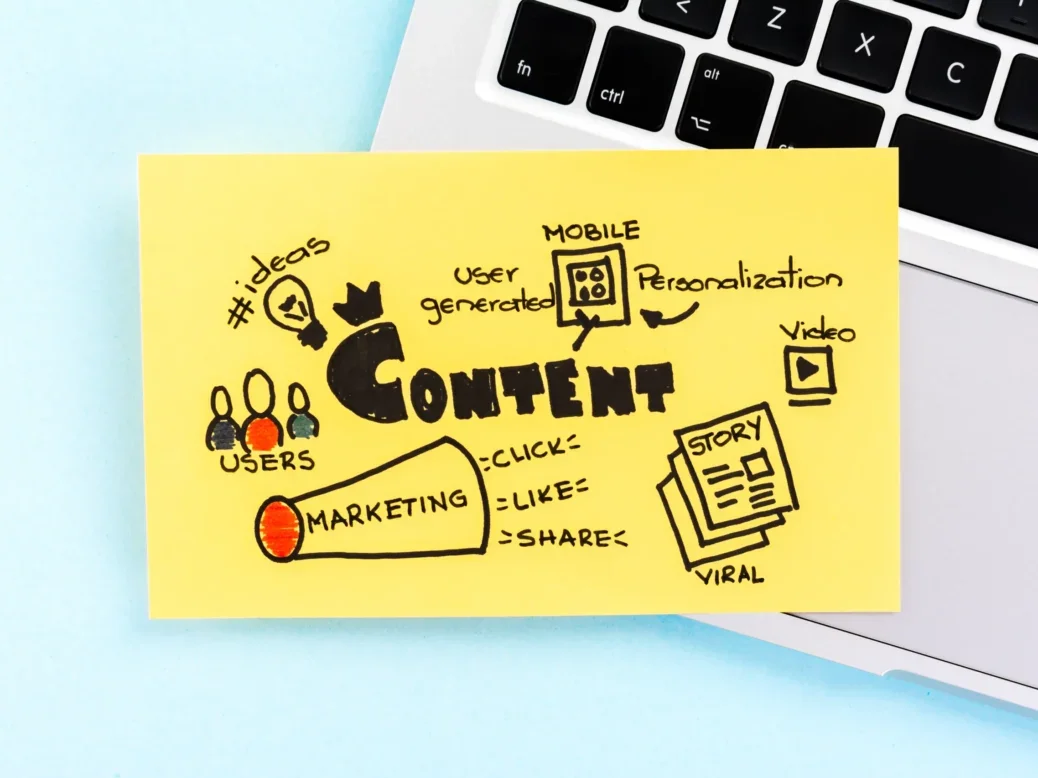
Branded content has long offered a more engaging, more effective way for advertisers to connect with audiences. It’s storytelling that performs – delivering attention, emotional connection, and unique brand value in ways that standard display simply can’t.
So why does it still represent such a small slice of advertiser budgets?
The short answer: it’s still too hard to buy, and too time-consuming to run.
From exploring publisher offerings, to negotiating a buy, lengthy execution, and below-market measurement standards, branded content remains frustratingly difficult to access. For advertisers, it’s an old-school, manual process – a sharp contrast to the efficient, automated systems used across most other digital channels. And for the publishing category, that friction is costing them hundreds of millions in lost opportunities, if not billions.
The unique quality and value is undeniable, but if branded content is going to become a truly scalable, high-performing revenue channel, publishers need to overhaul the way it’s sold and delivered. The first step? Improving accessibility.
Accessibility doesn’t just make things easier—it fuels growth. It creates a flywheel.
The easier it is to explore, buy, and run branded content, the more advertisers engage. The more they engage, the better they become at it. And the better they become, the easier it is to do again – at greater scale, with more confidence. That’s how branded content shifts from a one-off activation to a repeatable, high-impact investment. That’s the flywheel effect and it’s what’s been missing.
Five key barriers to branded content growth
Unlike display or programmatic video, branded content hasn’t yet hit that point of operational efficiency. And that’s largely because there are five key barriers slowing the flywheel down- each one creating unnecessary drag across the buyer journey
First, shopping around is difficult. Advertisers can’t invest in what they can’t easily find, and the branded content landscape is fragmented and confusing. Each publisher has its own naming conventions, its own formats, and packages. There’s no single source of truth or marketplace where buyers can easily browse options. Without standardisation or discovery infrastructure, branded content gets overlooked in favour of channels that are simply easier to explore and navigate.
Second, even when advertisers are ready to buy, the process feels stuck in another era. We’re talking spreadsheets, long email threads, deck swaps, multiple rounds of calls – just to scope a single campaign. Branded content is bespoke by nature, but the buying process doesn’t have to be. Compared to the plug-and-play nature of platforms like Google, Meta, or The Trade Desk, this kind of friction is a dealbreaker for busy media planners under pressure to move fast.
Execution is another barrier. Once a campaign is sold, the operational lift begins and it’s rarely efficient. Creative collaboration, approvals, scheduling, distribution – all of it often happens manually, across multiple teams and channels. Without purpose-built project management tools or streamlined workflows, publishers and advertisers alike face delayed timelines, bottlenecks, and burnout. And when brands want to run across multiple publishers at once, those inefficiencies multiply.
Even when the content is strong, its reach is often limited. Too often, branded content is published once and left to fend for itself – without paid support, cross-platform amplification, or multi-channel distribution. And when reach is limited, so is impact. For advertisers, that makes the entire channel feel inefficient and hard to justify at scale.
Then there’s measurement. Advertisers don’t just want to feel good about a campaign – they want to prove it worked. But branded content still lacks standardised, real-time reporting that offers clear ROI or actionable insights. Without data they can rely on, advertisers struggle to justify scaled investment. And without proving the value of branded content, the cycle stalls.
A new ecosystem for branded content promises to solve these problems
These challenges aren’t unsolvable. In fact, they’re already being solved – with a new platform, purpose-built to bring branded content up to speed with the rest of the digital advertising ecosystem.
For too long, this space has lacked the infrastructure other formats take for granted: centralised discovery, standardised buying, collaborative execution, and real-time measurement. But that’s changing.
The ecosystem now exists. The technology is here. And the shift toward accessibility is already underway.
Advertisers can now explore publisher offerings through a centralised platform. Buying can be standardised and intuitive. Campaign workflows can be automated, collaborative, and streamlined. Measurement can be multi-platform, real-time, and built to prove value. These aren’t hypotheticals anymore they’re what the next generation of branded content infrastructure enables.
And that unlocks the flywheel.
When branded content becomes easier to access, advertisers invest more. That investment fuels greater efficiency. That efficiency makes scale not only possible – but profitable. The opportunity now lies with publishers. Those who move early – who embrace accessibility, digitisation, and a better advertiser experience – won’t just make it easier to sell branded content. They’ll unlock the full commercial potential of a format that offers unmatched advertiser value and real audience impact.
And when it’s easy to buy, easy to execute, and easy to scale, branded content can finally become the revenue engine it was always meant to be.
Email pged@pressgazette.co.uk to point out mistakes, provide story tips or send in a letter for publication on our "Letters Page" blog


